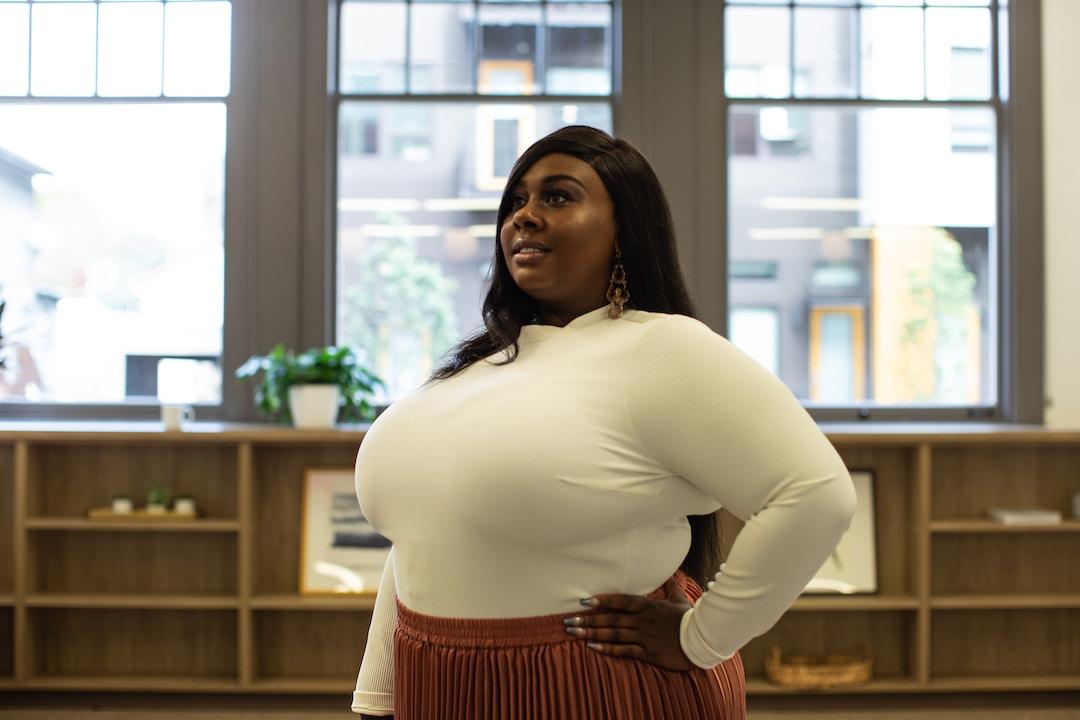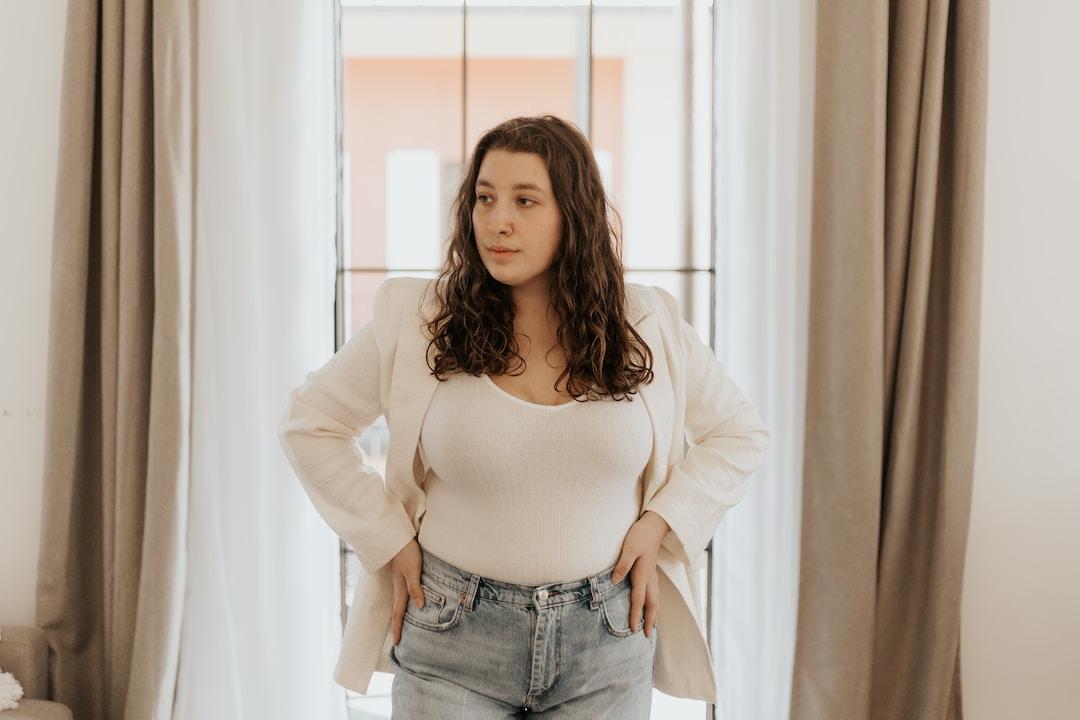In the world of fashion, one size certainly does not fit all. For years, the fashion industry has focused on small, often unrealistic sizes, but times are changing, and the industry is evolving. The rise of plus-size fashion represents a sea change in sartorial philosophy, where the industry is finally beginning to cater to different body types. More than ever, size inclusivity is at the forefront of fashion conversations, providing consumers with a range of options that reflect different sizes and body types. In this article, we explore this revolutionary change. Keep reading to learn more.
Understanding the Importance of Plus-Size Fashion
The importance of plus-size fashion in the fashion industry cannot be overstated. For many years, fashion has been an environment that promotes unrealistic body ideals, often leading to body shaming, unhealthy diets, and low self-esteem, especially among women.
The advent of plus-size fashion is a positive change that welcomes diversity, embracing beauty in all shapes and sizes. This shift does not merely mean adding larger sizes to collections; it involves designing clothes that flatter and fit the distinct body shapes of plus-size consumers. Plus size clothing caters to these consumers, offering trendy wardrobe choices that do not compromise style, comfort, or fit.
Plus-size fashion creates an inclusive environment where everyone feels represented. Fashion should be about feeling good in what you wear and having the confidence to express yourself. The fashion industry’s recognition and acceptance of plus-size fashion signify a step toward body positivity and self-acceptance.
The emergence of plus-size fashion has touched the consumers and stakeholders in the fashion industry. Fashion designers and retailers are rethinking their strategies and designs to accommodate and cater to the plus-size market. This shift has opened up fresh avenues and opportunities in the industry, paving the way for more innovation and creativity.
Challenges in Plus-Size Clothing Market

The plus-size clothing market has seen significant growth in recent years. However, one of the major issues in this market is the lack of options available for plus-size individuals. While more brands recognize the need for inclusivity, there are still not enough choices for those who fall into the plus-size category. This can make it difficult for individuals to find clothes that suit their personal style and preferences.
Another challenge in the plus-size clothing market is unrealistic sizing. Many brands simply scale up their regular sizes without considering plus-size bodies’ distinct shapes and curves. This can result in ill-fitting clothes that do not provide proper coverage or flatter the wearer’s figure. To address this issue, brands must invest in extensive research and development to create designs specifically tailored to plus-size bodies, ensuring a comfortable and flattering fit.
High prices are another obstacle for plus-size consumers. It’s a common trend in the industry to charge higher prices for larger sizes, which can be seen as unfair and discriminatory. Plus-size individuals should not have to pay more for their clothes simply because of their size. Brands need to reevaluate their pricing strategies and offer affordable options for all body types, encouraging a more inclusive and accessible market.
In addition to these challenges, accessibility is a major concern for the plus-size clothing market. Many brick-and-mortar stores have limited options for plus-size individuals, forcing them to shop online. While online shopping provides more choices, accurately determining sizing and fit can be difficult without trying the clothes on. This highlights the need for physical stores to expand their offerings and create a welcoming environment for plus-size customers.
Another major hurdle that plus-size women face is the lack of representation in advertising. Despite the increasing demand for inclusivity and diversity in the media, many brands and advertising campaigns still fail to include plus-size women in their visuals. This exclusion not only marginalizes a significant portion of the population but also perpetuates harmful stereotypes about bigger sizes.
The under-representation of plus-size women in advertising contributes to the continuation of societal beauty ideals often unattainable for many individuals. By predominantly featuring thin and conventionally attractive models, brands convey that this is the only acceptable standard of beauty. This narrow portrayal affects the confidence and self-esteem of plus-size women and creates unrealistic expectations for people who do not fit into the traditional beauty mold.
These challenges pose substantial opportunities for change among brands. Brands have the chance to revolutionize the industry by shifting their focus from conventional fashion norms, providing a platform for body diversity and inclusivity.
Fashion Brands Embracing Size Inclusivity
While challenges persist, numerous established fashion brands are advancing and leading toward size inclusivity. Companies are launching new plus-size collections or expanding their existing collections to cater to the significant demand in the market. Several brands offer extensive size ranges and a mix of online and offline availability to reach every potential customer across the globe.
It’s not just about the global fashion giants; many indie brands and start-ups exclusively cater to the plus-size market, displaying a keen understanding of the struggles that plus-size consumers often face. These brands often lead the charge in providing stylish, high-quality plus-size fashion that fits well, encouraging body positivity and a balanced representation of different body types.
Moreover, brands realize that size inclusivity is not just a niche market but a necessity. The increase in demand is driving change, causing more brands to incorporate inclusive sizing in their collections, truly revolutionizing the fashion landscape.
Plus-Size Fashion Shows: Changing the Runway
It’s not just high-street fashion that’s changing—plus-size fashion is also making its mark on the runway. Plus-size models set new beauty standards, fight stereotypes, and diversify the modeling industry. Traditional fashion shows are being transformed, with more plus-size models gracing the catwalks, representing a broader audience.
A diverse range of models in fashion shows enables a wider audience to relate to the brand. It shows authenticity, as brands cater to the real-world audience, not just a small segment. It sets a positive example and a healthier picture of body image, proving that style and beauty have no size.
These changes have a ripple effect transcending beyond the world of fashion. They lead to societal progress, promoting body positivity and reducing the plus-size stigma. Not only that, but it also gives a voice and platform to plus-size individuals, affording them the recognition they deserve.
Role of Social Media in Promoting Plus-Size Fashion
When discussing the rise of plus-size fashion, the role of social media cannot be ignored. With its global reach and the ability to connect people from all walks of life, it has played a crucial role in the spread of plus-size fashion. Plus-size bloggers and influencers use their platforms to challenge beauty norms and promote body acceptance, gaining a significant following.
These individuals are vital advocates for size inclusivity, sharing their fashion insights and styling tips and reigniting the conversation about body image. They collaborate with brands, promote plus-size fashion, influence design trends, and inspire their followers to embrace their size.
Social media has also served as a platform for consumers to share their experiences, discuss their needs, and create a community. This exchange of ideas creates a paradigm shift, making brands more aware of their target market needs and making consumers feel heard and represented.
Revolutionizing Fashion

Embracing plus size in the fashion industry signifies a transformative moment in fashion. Gone are the days when size was a constraint to styling and fashion. The rise of plus-size fashion has torn down the walls of stereotypical beauty standards, providing a more holistic approach to fashion that caters to everyone regardless of size.
By embracing plus-size fashion, the industry is reshaping the fashion landscape, pushing boundaries, and setting precedents for a more inclusive future. It’s an exciting time for fashion, with the plus-size fashion revolution only just beginning.
 2018 ·
2018 ·
Leave a Reply